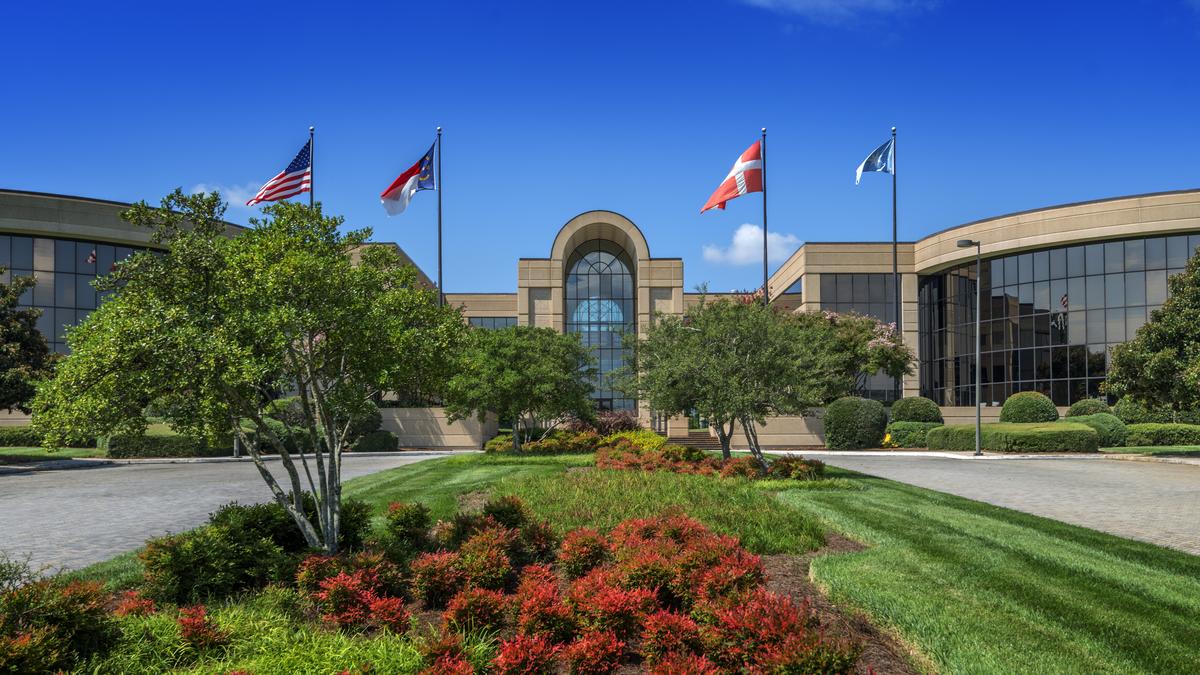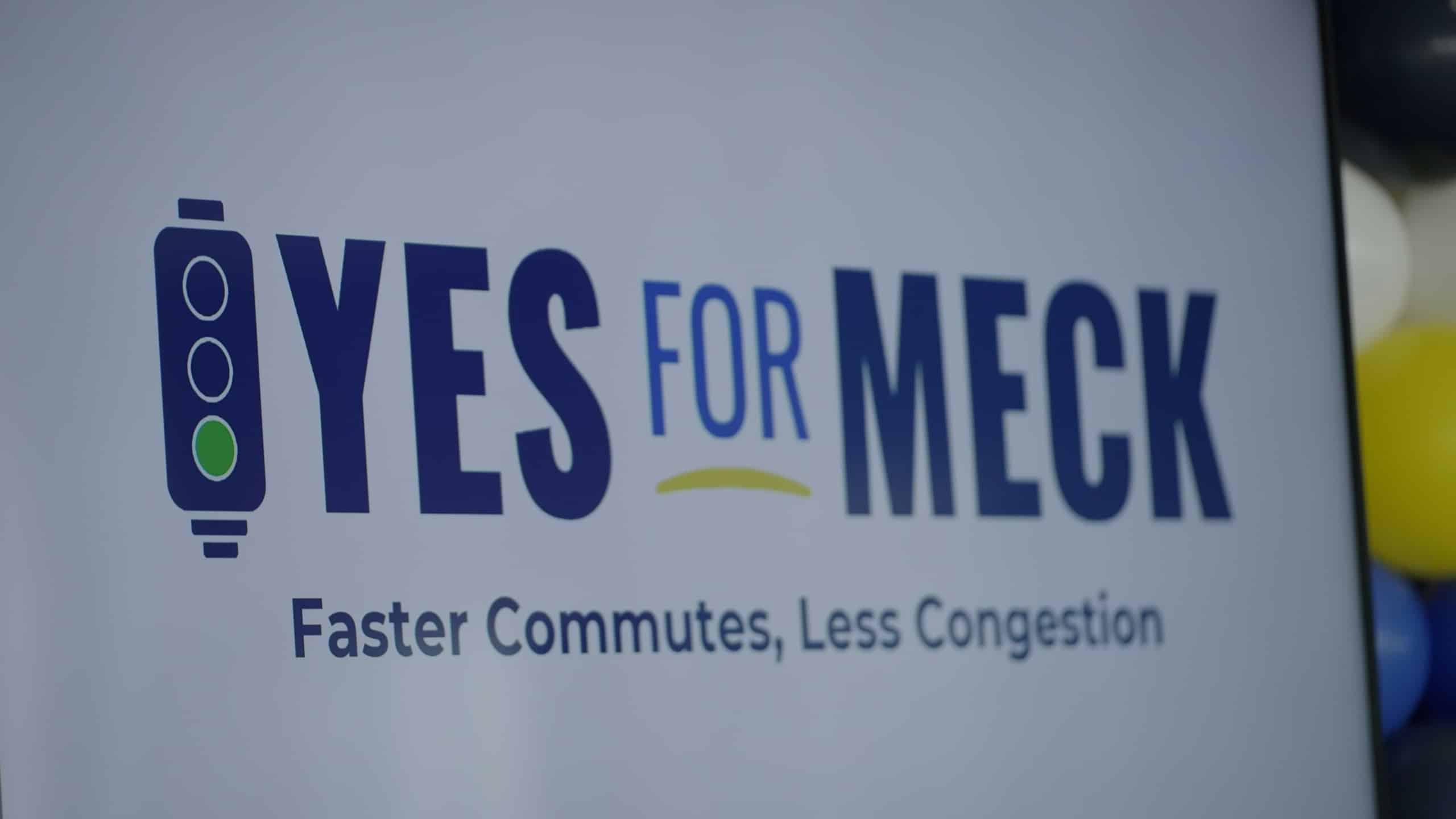Charlotte ranks among the 10 fastest-growing metro areas in economic prosperity and growth, according to a new national study published by The Brookings Institution and reported by the Charlotte Business Journal.
For racial and geographic inclusion, the Charlotte area lags top performers with rankings in the middle to lower-middle among metros with 1 million or more people.
The study, known as the Metro Monitor, uses Census Bureau definitions for each area. Thus, Raleigh-Cary and Durham-Chapel Hill are separate entities. Charlotte’s metro area includes portions of North Carolina and South Carolina, with the main population areas of Charlotte, Concord and Gastonia.
The report released (this Spring) analyzed economic data for 194 metro areas that collectively make up 78% of the U.S. population and generate 84% of the nation’s gross domestic product.
Brookings assessed each metro area over a 10-year period spanning 2012 to 2022, looking at 15 statistical measures used to weigh five categories: growth, prosperity, overall inclusion, racial inclusion, and geographic inclusion.
Three different measures were used in each category, including total employment, real GDP and jobs at firms less than five years old to gauge growth; and employment, earnings and poverty gaps between white people and people of color to measure racial inclusion.
As Brookings points out, the decade measured in the new study encompasses the longest economic expansion on record (2012-20), the brief but severe downturn caused by the pandemic (2020) and two years of record federal stimulus spending that turbocharged the recovery.
The study separates the 194 metro areas by population category: midsized (population of 250,000 to 499,999); large (500,000 to 999,999); and very large (1 million-plus).
Charlotte’s metro population is 2.76 million, making it one of 54 areas in the very large category. There are 55 defined as large metros and 85 midsized.
Rankings in each of the five categories for Charlotte are as follows:
- Growth: 3rd (Based on real GDP, total employment and jobs at firms that are less than five years old)
- Prosperity: 8th (Based on average wages, productivity and standard of living)
- Inclusion:12th (Based on employment rate, median earnings and relative poverty)
- Racial inclusion: 31st (Based on employment, earnings and poverty gaps between white people and people of color)
- Geographic inclusion: 27th (Based on employment, earnings and poverty gaps between high- and low-income neighborhoods)
“The reason that we measure all these metrics is because we believe they are all important,” Glencora Haskins, lead author of the study, told CBJ. “Obviously, it’s important that metros continue to add jobs and that they continue to grow. But that growth needs to be happening equitably.”
She added, “So, it’s a problem if GDP and employment are surging but disadvantaged workers or workers of color are being overwhelmingly left behind. At the same time, if you have high levels of equity — that’s a great thing — but nobody’s benefiting if the economy is stagnating.”
Haskins conducted and wrote the study with Joseph Parilla and Mayu Takeuchi.
“We can see Charlotte is a little bit further behind in comparison to its peers on things like racial inclusion and geographical inclusion than it is on things like growth,” Haskins said. “That being said, it’s not at the bottom. It’s toward the top in overall inclusion. … But we know this is really a measurement of how things have changed over the last decade rather than a representation of overall performance.”
A 2014 study led by Harvard University economist Raj Chetty ranked Charlotte 50th among 50 large U.S. cities in economic mobility, prompting an array of government and private-sector investments and collaborations aimed at reducing poverty, systemic racism and long-standing disparities in access to health care, education and opportunity.
Those discussions and efforts were redoubled after the murder of George Floyd in 2020, a national racial reckoning that led to the formation of Charlotte’s $250 million Mayor’s Racial Equity Initiative.
“One of the things that we really try to hammer is that measuring a metro’s economic performance to set strategies and to think about inclusive growth moving forward is a combination of these growth metrics and seeing how you are doing in comparison to 10 years ago,” Haskins said.
Raleigh-Cary, at 1.5 million, is the only other area in North or South Carolina that is categorized among the 54 very large metros ranked by Brookings.
Raleigh-Cary is ranked higher than Charlotte’s metro area in growth (second), prosperity (sixth) and geographic inclusion (fourth). It’s lower in overall inclusion (29th) and racial inclusion (53rd).
Durham-Chapel Hill, at 602,000, is considered a large metro, as are South Carolina’s Charleston-North Charleston; Columbia; and Greenville-Anderson-Greer. Myrtle Beach-Conway-North Myrtle Beach is with midsized metros.
North Carolina has four midsized metros (Asheville; Fayetteville; Hickory-Lenoir-Morganton; and Wilmington); three midsized (Durham-Chapel Hill; Greensboro-High Point; and Winston-Salem); and two very large areas, Raleigh-Cary and Charlotte-Concord-Gastonia.
Growth marked the decade of 2012 to 2022, with 145 — or 75% — of the 194 metros making gains in GDP, total employment and jobs at young firms, Brookings found.
Metro areas in the West and South “powered U.S. growth during this period,” the study determined. Metro areas in the Bay Area and Silicon Valley as well as Seattle and Salt Lake rank high, as do the areas in and around Austin, Texas, and Portland, Oregon. On the East Coast, in addition to Charlotte and Raleigh, familiar faces include the Miami and Orlando, Florida, metro areas.
Haskins pointed out that metros in the South tended to grow more through population gains than through high-productivity sectors. Charlotte’s growth, she added, “seems to be a little bit more industry-fueled, which is an improvement and sets you aside from other Southern metros in other states.”
Southern metro areas as a whole lagged in racial inclusion economic measures, according to Brookings’ analysis. The study found that metros in the South made up 60% of the bottom 10 for racial inclusion earnings and comparisons but just 13% of the top 10 across in the three groupings of population (midsized, large and very large).
Charleston-North Charleston and Raleigh-Cary finished in the bottom 10 of racially inclusive growth, as did Virginia Beach-Chesapeake-Norfolk, which includes a small portion of North Carolina in its metro area. Carolina metros included in the top 10 of the strongest racially inclusive growth were Hickory-Lenoir-Morganton and Durham-Chapel Hill.
Copyright: Charlotte Business Journal



